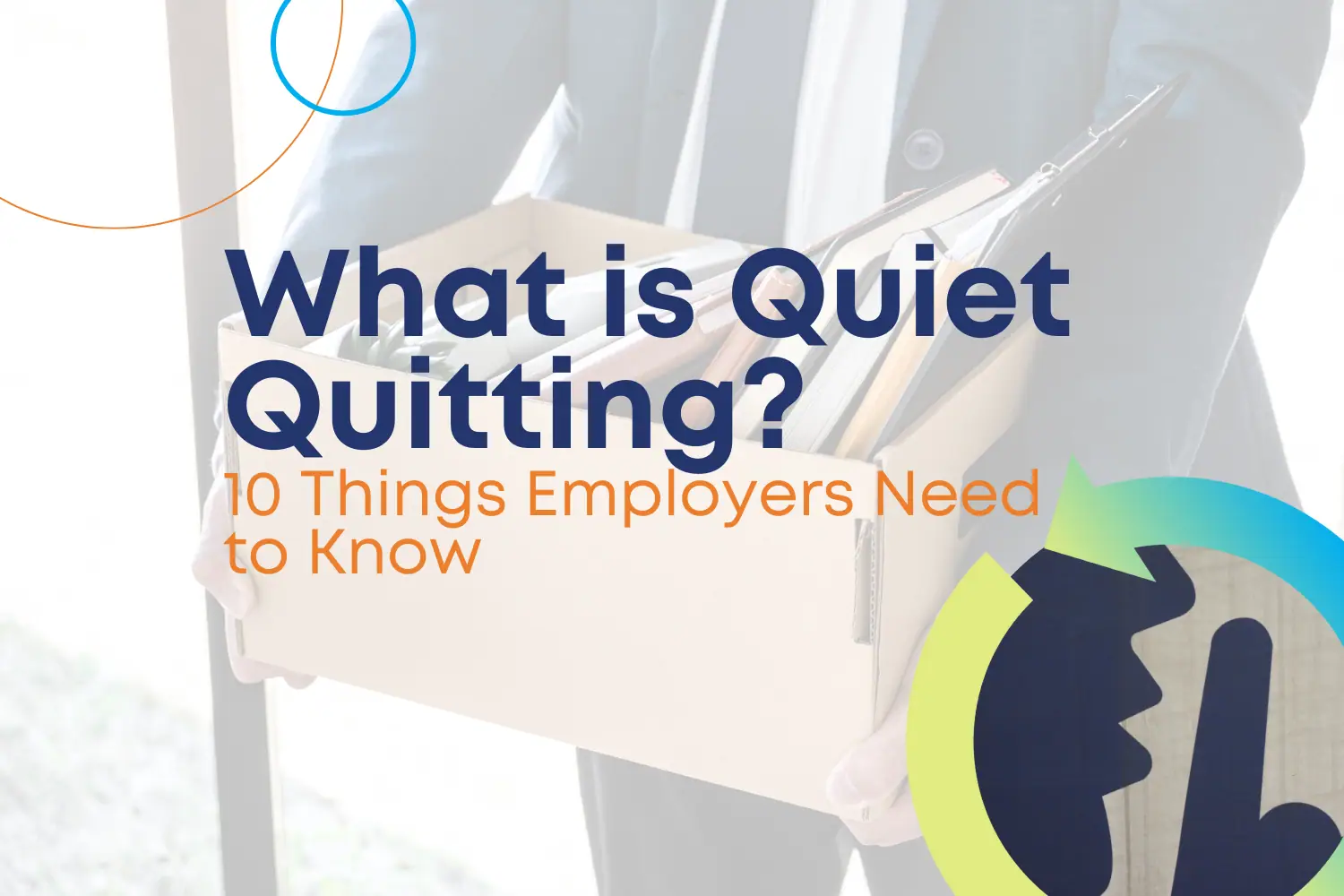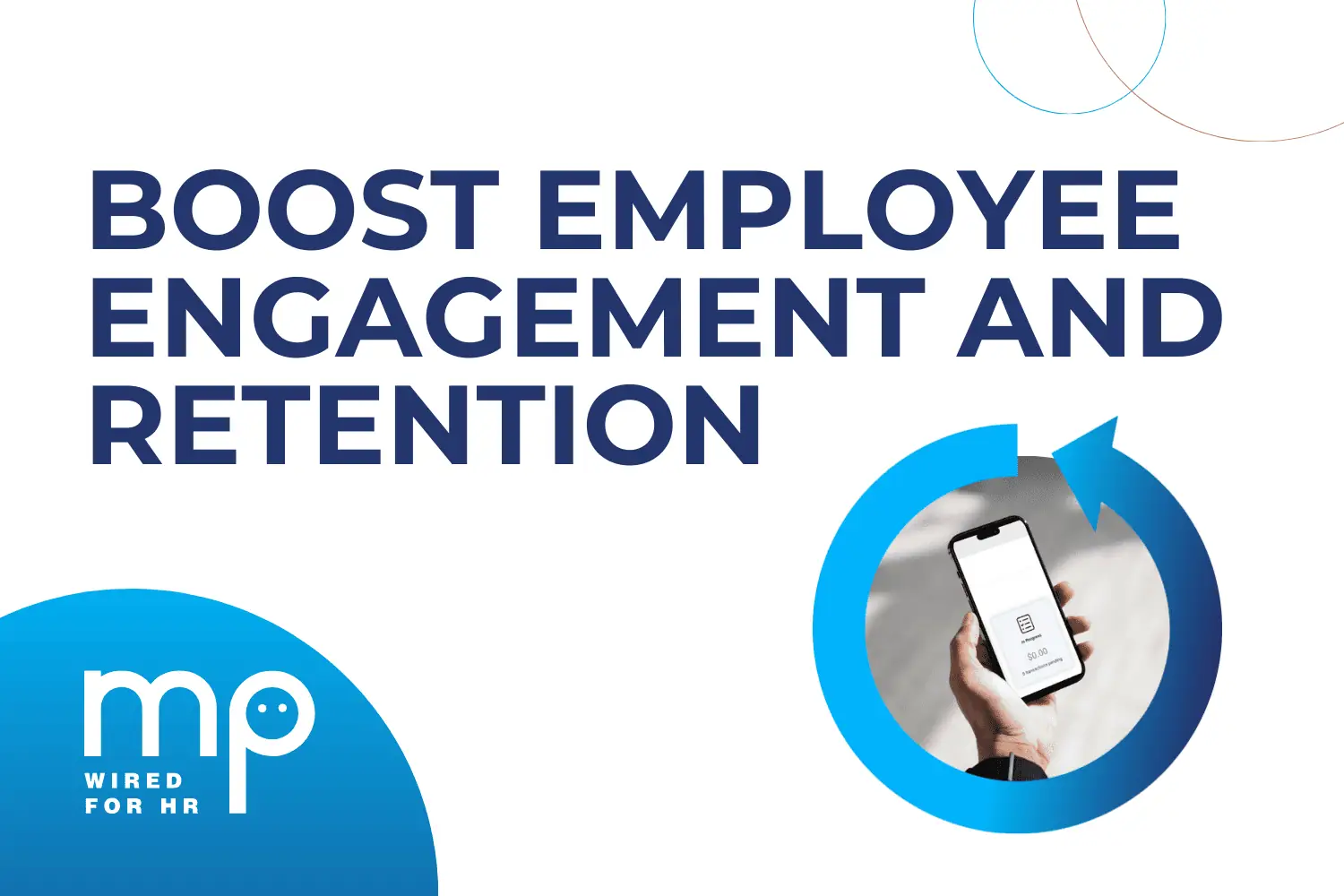Employee Engagement in 2022: 9 Proven Strategies: Part 2
February 21st, 2022

In the 2022 job market, every employer is experiencing unprecedented employee turnover. Losing top talent is costly, especially when the labor market is already tight. Poor employee retention impacts the company’s bottom line and leaves those who stayed in the work environment to pick up the slack (and potentially burn out). One of the most compelling reasons for a strong employee retention strategy is that seeing their coworkers leave or quit will encourage employees to do the same. As noted in a recent New York Times article noted, witnessing coworkers leave or quit makes an employee much more likely to do the same. Quitting is the workplace pandemic in 2022, and the only approach human resources departments and employers can use to fight it is robust employee retention strategies. In the second article of this two-part series (read part one here), MP’s HR and compliance experts share five proven strategies to retain employees and develop a better company culture in the long term.
5 Proven Employee Retention Strategies
1. Provide employees with autonomy.
Research has repeatedly demonstrated that one of the keys to improved employee engagement is autonomy. When employees feel they have control over their workday, they’re frequently happier. Managers can use a variety of methods to offer autonomy to employees. They could permit flexible schedules, remote work options, or the ability to choose when to be working from home or the office. On a managerial level, employers should avoid micromanaging their teams. When possible, they could allow employees to structure their workday or decide how to complete projects. The more autonomy employees receive, the more they’ll feel empowered by their employer. This builds loyalty. Greater autonomy will also allow employees to feel a stronger sense of ownership over their roles and work. A stronger sense of ownership dramatically enhances employee retention.
2. Build trust with staff.
Building trust is a key employee retention strategy because trust is crucial to developing a sense of psychological safety. When employees feel safe at work physically and emotionally, they’re far less likely to leave for a new and unknown work environment. Employers can build trust with cost-effective tactics. Firstly, they should keep their promises. This doesn’t just mean delivering on previous promises. It also means never making promises they aren’t sure they can keep. Another strategy to develop trust with employees is to respect confidentiality. Employees should always feel their personal information is safe when they share it with HR, their managers, or anybody else in a leadership role. Lastly, employers will build trust when they give it. Trusting employees to put in their hours accurately, turn in their work, be honest, follow the rules, etc., is critical. Employees won’t trust an employer who doesn’t trust them.
3. Offer opportunities for professional development.
A typical employee retention strategy is to offer opportunities for professional development and growth. Along with autonomy, steady growth and learning are some of the top reasons employees stay at a job. Employers could provide these opportunities with a couple of methods. One strategy is to offer training and development in-house. Employees could learn more about the company, the industry, or other positions within the organization. Organizations often use training software, such as MP’s Learn and Grow, for pre-recorded training or to create custom training modules. Employers might also offer the opportunity for employees to assist with, or shadow on, projects outside of their usual day-to-day activities. Another approach to providing professional development to employees is to pay for their tickets to seminars, webinars, and courses held by other professional organizations. Lastly, employers who can offer their employees room to grow within the organization should make these paths clear. They should consider developing training and programs to prepare interested employees who want to advance within the organization in the future.
4. Let employees be the experts.
Whenever it’s possible, managers should let their workers be teachers and experts. Sometimes, an employee understands a process or topic on a more granular level than their managers or coworkers. When managers actively encourage the employee to explain things or take the lead in a discussion, they improve employee retention and engagement. This tactic works for a few reasons. Firstly, it allows employees to see the manager in a positive state of vulnerability. This develops trust and connection. Secondly, it enables the manager to model being a continuous learner. When employees sense that their work environment embraces learning and growth, they’re more likely to stay. Lastly, allowing employees to be the experts empowers them. Employees will feel valued, and value themselves more in this work environment.
5. Make meetings more manageable.
Every employee retention strategy would benefit from addressing meetings. Employers will increase employee retention and productivity by improving how they conduct meetings. Length is important. Long meetings are frustrating for employees. They also make it harder for them to meet their goals and reach optimum productivity because they cut into work time. Another strategy is to set agendas and share them before meetings. Employees will find a longer meeting easier to handle when they know how many more items are on the agenda. An additional method for improving meetings is to get employees involved. They could be involved in planning meetings and agendas. They could also be more involved in meetings themselves. When employees can be active, willing participants in meetings, they are more engaged overall.
Recent Posts
- Seasonal Workforce Simplified: A Blueprint for Employers
- The Payroll Customer Service Struggle: What’s Really Going On?
- Navigating Workforce Management: Challenges, Strategies, and Solutions
- The Importance of Training in Today’s Workplace: A Holistic Approach
- Achieving and Maintaining Compliance in 2025: Key Insights for Employers
Categories
- ACA (10)
- AI (5)
- BizFeed (6)
- Business Strategy (119)
- COBRA (5)
- Compliance (191)
- COVID-19 (92)
- Diversity (12)
- eBooks (19)
- Employee Engagement (33)
- Employee Handbooks (24)
- ERTC (29)
- FFCRA (7)
- HR (305)
- MP Insider (13)
- Payroll (112)
- PFML (9)
- PPP (24)
- PTO (5)
- Recruiting (53)
- Remote Work (39)
- Return to Work (32)
- Unemployment (1)
- Wellness (22)
Archives
- March 2025
- February 2025
- January 2025
- December 2024
- November 2024
- October 2024
- September 2024
- August 2024
- July 2024
- June 2024
- May 2024
- April 2024
- March 2024
- February 2024
- January 2024
- December 2023
- November 2023
- October 2023
- July 2023
- June 2023
- May 2023
- April 2023
- March 2023
- January 2023
- December 2022
- October 2022
- September 2022
- August 2022
- July 2022
- June 2022
- May 2022
- April 2022
- March 2022
- February 2022
- January 2022
- December 2021
- November 2021
- October 2021
- September 2021
- August 2021
- July 2021
- June 2021
- May 2021
- April 2021
- March 2021
- February 2021
- January 2021
- December 2020
- November 2020
- October 2020
- September 2020
- August 2020
- July 2020
- June 2020
- May 2020
- April 2020
- March 2020



